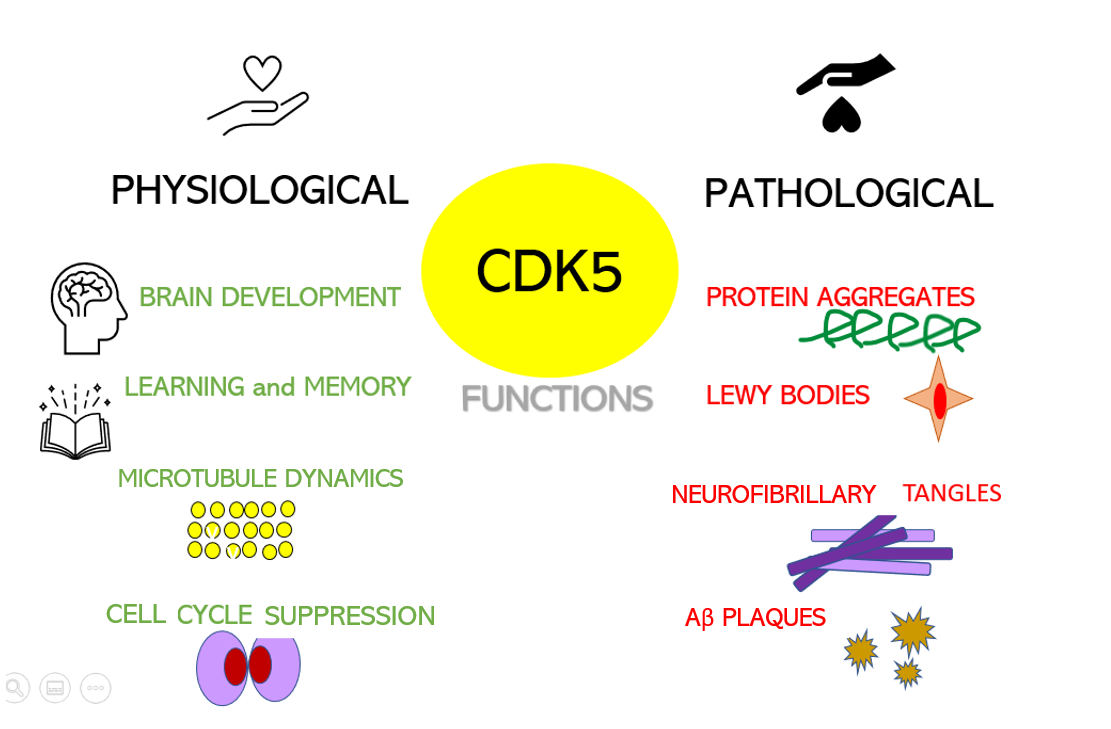There are many hypotheses about the etiology of ALS, and most of them are probably correct. They can be classified in several ways, but one of them is usually to separate a genetic origin from a "sporadic" origin. But even for a genetic origin, it is unlikely that the disease will wait 50 years before striking. The etiology certainly proceeds from multiple causes and stages, and the genetic aspect concerns only one of these stages towards the disease.
Spinal muscular atrophy (SMA) is a genetic disease that closely resembles ALS, but like most diseases resulting from a deleterious variant of the genetic heritage, it strikes toddlers. Infants with this disease have a defective variant of their SMN1 gene and have a very short life expectancy. Children born with type 1 SMA, until recently, died before their second birthday. Although SMA is much more common than ALS, we don't hear much about this disease because most patients die before the age of 3 and there is no significant effort to raise awareness. A few years ago, some therapies appeared, Spinraza, Zolgensma and others. Although hailed as life-saving drugs when they first appeared, they have serious side effects. Drug development continues, often aiming to increase SMN2 production to compensate for the lack of healthy SMN1.
Among the many hypotheses concerning ALS, there is a very minor one: In aging people, senescent motor neurons, exhausted by numerous stresses, reenter the cellular life cycle, perhaps as the result of a mechanism of adaptation to stress. Since it is difficult to imagine how a very elongated motor neuron would divide, they quickly die in this attempt.
Usually, cells resume their life cycle after signaling by CDK proteins. CDK proteins constitute a family of proteins involved in the regulation of the cell cycle.
 Dysregulation of CDKs, particularly cyclin-dependent kinase 5 (Cdk5), is seen in many neurological disorders, including Alzheimer's disease (AD) and Parkinson's disease (PD). Cdk5 is a unique member of the CDK family because it does not play a critical role in cell cycle progression and is not activated by a cyclin. Instead, Cdk5 is normally activated by the regulatory protein p25. Cdk5/p35/p25 activity is normally an important regulator of the proper development of the mammalian central nervous system.
Dysregulation of CDKs, particularly cyclin-dependent kinase 5 (Cdk5), is seen in many neurological disorders, including Alzheimer's disease (AD) and Parkinson's disease (PD). Cdk5 is a unique member of the CDK family because it does not play a critical role in cell cycle progression and is not activated by a cyclin. Instead, Cdk5 is normally activated by the regulatory protein p25. Cdk5/p35/p25 activity is normally an important regulator of the proper development of the mammalian central nervous system.
Scientists from Northwestern University have identified, in a mouse model of SMA, an unexpected role of Cdk5 signaling in the appearance of mitochondrial defects and selective degeneration of motor neurons.
The scientists report that Cdk5 activity is significantly increased in their mouse and pluripotent stem cell (iPSC) models of SMA. The increase in Cdk5 activity occurs before the appearance of SMA phenotypes, suggesting that it may be an initiator of the disease.
The article does not clearly show what causes the transition from the p35 subunit to the p25 activator. In vitro studies have already suggested that aberrant activation of Cdk5 by an endogenous truncated version (p25) of p35 could be a key event in the process of neurodegeneration.
An enzyme responsible for cleaving p35 to form p25 is calpain, a calcium-activated protease implicated in neuronal cell death and notably ALS in the past. There is also evidence that hyperactivation and redistribution of Cdk5 by p25 plays a critical role in the phosphorylation of “pathological” substrates (such as tau which is implicated in Alzheimer's disease).
As inhibition of Cdk5 signaling inhibits the degeneration of motor neurons derived from SMA mice and human iPSC models of SMA disease, this suggests that reducing aberrant Cdk5 activation could potentially improve SMA disease symptoms and benefit patients. patients. This could also have implications for other motor neuron diseases, such as ALS.
From there, we can adopt two attitudes on how to use this new knowledge. - The first is for scientists to learn more about the long chain of molecular events that lead to disease, in the hope that it is not too complex for our limited human cognitive abilities. - The other is that of doctors, it is more pragmatic, for example, it could lead to efforts to develop a Cdk5 inhibitor capable of targeting the pathway to slow down the degeneration of motor neurons. However, thousands of clinical trials on Alzheimer's disease demonstrate every day that a pragmatic approach is rigorous but very ineffective.
